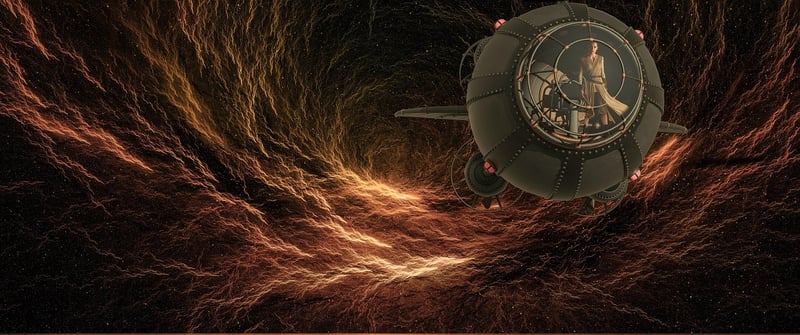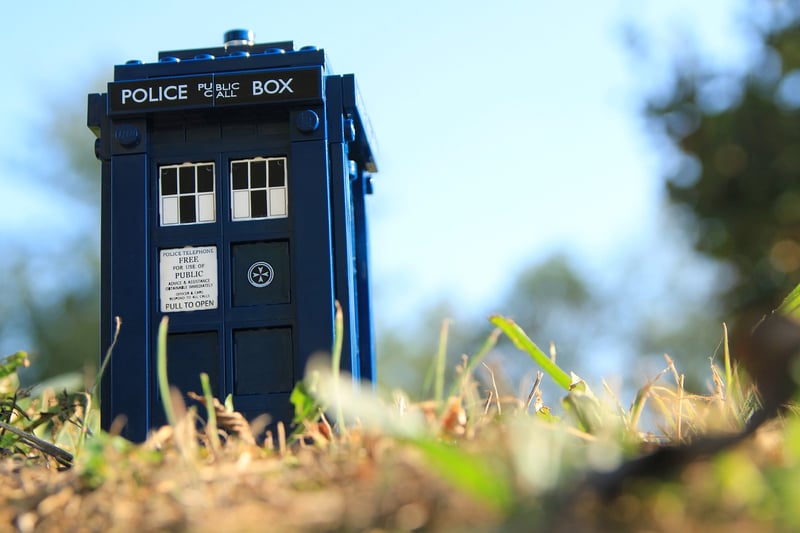Temporal Displacement Devices
Mechanisms for Time Travel and Temporal Displacement Devices
Time travel has been a fascinating concept in science fiction for decades, capturing the imagination of many. While time travel remains a theoretical possibility, various mechanisms have been proposed to explain how it could potentially work. Let's explore some of these mechanisms and the concept of Temporal Displacement Devices:
1. Wormholes
One popular idea for time travel involves the use of wormholes. Wormholes are hypothetical tunnels in spacetime that could create shortcuts for long journeys across the universe. By traversing through a wormhole, one could potentially travel through time as well as space.

2. Time Dilation
According to Einstein's theory of relativity, time is not constant but can vary depending on the speed of an object and the strength of gravity. Time dilation occurs when an object is moving at speeds close to the speed of light or in the presence of a strong gravitational field. This effect could theoretically allow for time travel into the future.

3. Quantum Entanglement
Quantum entanglement is a phenomenon where two particles become connected in such a way that the state of one particle is instantly correlated with the state of the other, regardless of the distance between them. Some scientists have proposed that exploiting quantum entanglement could potentially lead to communication across time, enabling a form of time travel.

Temporal Displacement Devices
Temporal Displacement Devices are fictional devices often featured in science fiction that allow characters to travel through time. These devices come in various forms, such as time machines, portals, or devices that manipulate spacetime to achieve temporal displacement.
While the concept of time travel and temporal displacement devices remains speculative, they continue to inspire creative works in literature, movies, and television, sparking endless possibilities and intriguing narratives.
